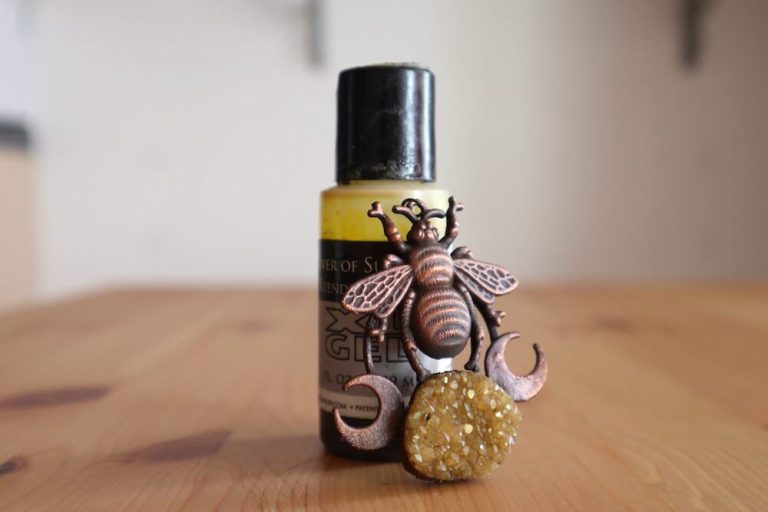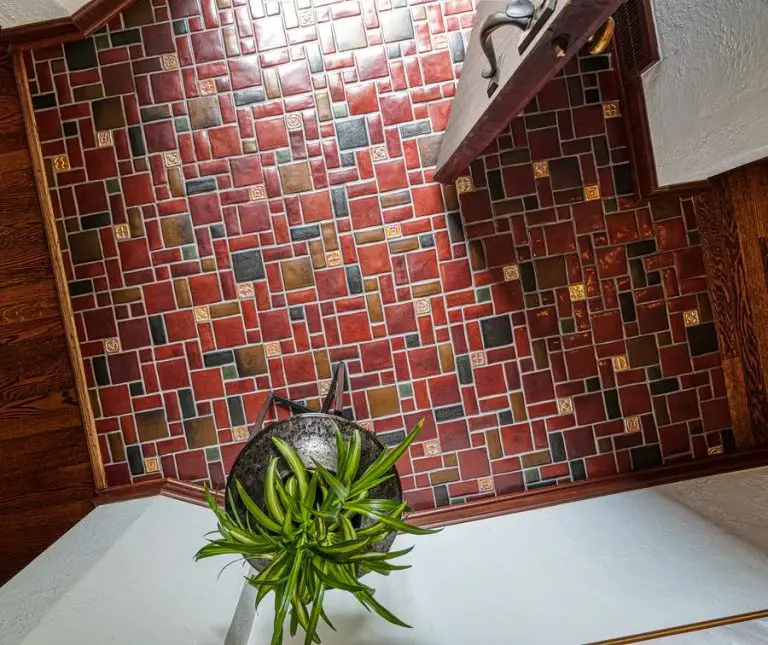What Colors Of Clay Make Black?
Clay is a natural material that has been used for artistic expression and pottery for thousands of years. When mixing clay, artists have a wide range of colors to choose from. By combining different colors of clay, artists can create new shades like black. Understanding color mixing with clay involves learning about primary, secondary, and complementary colors.
This article will provide an overview of clay color mixing and the combinations that result in black clay. We’ll cover the color wheel, basic techniques for mixing, and tips for achieving the right consistency and hue when making black clay from other colored clays.
Primary Colors
The three primary colors are red, yellow, and blue. Primary colors are the colors that can be mixed together to create all other colors. They are called primary because no other colors are needed to create them.
Red, yellow, and blue are considered the basic building blocks of color. They are the only true colors, as all other colors are made by mixing them. For example, mixing red and yellow makes orange, and mixing blue and yellow makes green.
When working with paints, dyes, inks, and other pigmented color media, using just the primaries allows an artist to mix a wide variety of colors. Computer screens and televisions create colors by combining different amounts of red, green and blue light. Understanding the primaries is key to mixing and applying color effectively.
Secondary Colors
Secondary colors are created by mixing two primary colors equally. The three secondary colors are orange, green, and purple.
Orange is made by mixing red and yellow. When red and yellow light mix, the result is orange light. When red and yellow pigments or paint mix, the result is also orange.
Green is made by mixing blue and yellow. When blue and yellow light mix, the result is green light. When blue and yellow pigments or paint mix, the result is also green.
Purple is made by mixing red and blue. When red and blue light mix, the result is purple light. When red and blue pigments or paint mix, the result is also purple.
Understanding primary and secondary colors is important for artists and designers. Knowing how to mix colors allows greater control and more options when painting, drawing, or working digitally.
Tertiary Colors
Tertiary colors are created by mixing a primary color with an adjacent secondary color on the color wheel. For example:
Red-violet is made by mixing red and purple.
Blue-violet is made by mixing blue and purple.
Blue-green is made by mixing blue and green.
Yellow-green is made by mixing yellow and green.
Yellow-orange is made by mixing yellow and orange.
Red-orange is made by mixing red and orange.
Tertiary colors have a less intense, softer appearance than primary and secondary colors. They are useful for subtly modifying a hue or creating gradations between colors. Artists frequently utilize tertiary colors when painting to add visual interest and dimension to their work.
Complementary Colors
Complementary colors are pairs of colors opposite each other on the color wheel. Red and green, yellow and purple, and blue and orange complement each other. When placed next to each other, they create the strongest visual contrast. Mixing complementary colors together makes brown or grayscale tones. Complementary colors intensify and bring out the best in each other.
When working with clay, artists can utilize complementary colors to achieve bold and vibrant results. Mixing small amounts of complementary clay colors together creates rich, neutral tones. Using pure complementary colors side-by-side makes the pieces pop. Complementary glazes over neutral clay backgrounds also intensifies the finished look.
Some examples of complementary clay color pairings are:
- Red clay + Green glaze
- Purple clay + Yellow glaze
- Blue clay + Orange glaze
By leveraging the power of complementary colors, ceramic artists can achieve stunning visual contrast and interest in their pieces.
Color Mixing
Mixing complementary colors is a common technique for achieving rich browns and blacks in clay. Complementary colors are located opposite each other on the color wheel. When mixed together, they essentially “cancel each other out”, producing a neutral brown or black shade.
Some examples of complementary color pairs that make good browns and blacks are:
- Orange and Blue
- Red and Green
- Purple and Yellow
The most vibrant blacks are usually achieved by mixing a warm and cool complementary pair like purple and yellow. Start with equal parts of both colors. If the resulting color is more brown than black, adjust the ratio by adding more of the darker color until you achieve true black.
Be aware that color mixes can sometimes end up muddy. Make sure your clay colors are pure with no contamination. Mix the clay thoroughly to integrate the colors fully. The clay also needs to be conditioned well, as dry clay won’t blend nicely. With practice, you’ll learn how to mix smooth, saturated blacks.
Proportions
When mixing colors to create black, it’s important to use the right proportions to achieve a true, deep black tone. The most common combo is mixing equal parts of cyan, magenta, and yellow, which are the primary colors in painting. However, this can result in a dark gray or charcoal color rather than a pure black.
For the richest true black, the ideal proportions are:
- 60% cyan
- 40% magenta
- 40% yellow
Adding more cyan introduces cool blue tones that neutralize the warmth from magenta and yellow. Using less magenta and yellow also prevents the color from getting muddy or muted.
The exact proportions may vary slightly depending on the paint brands and colors used. Doing small tests and adjustments is recommended to find the right blend for your mediums and desired result.
Techniques
There are a few key techniques to effectively mix clay colors to achieve black:
Kneading
Thoroughly kneading and blending the clay is critical for mixing colors evenly and removing any striations of color. Knead the clay firmly with your fingers or palm, working it into a smooth, uniform ball. This helps blend the pigments together for a consistent black shade.
Blending
In addition to kneading, a blending tool can help mix the clay colors. An acrylic roller, silicone spatula, or wooden sculpting tool can be used to further incorporate the colors together. Roll or press the tool over the surface to blend pigments throughout the clay.
Folding
Folding and pressing the clay over itself is another technique for blending. After kneading, fold the clay in half and press the two sides together, then repeat. This helps distribute colors for an even, smooth black.
Mica Powders
Adding a small amount of black mica powder can help deepen and intensify a mixed black clay color. Use sparingly and knead it thoroughly into the clay. Too much mica can make the clay brittle.
Troubleshooting
If your clay has come out an undesirable color, there are a few troubleshooting techniques you can try:
Fixing Color Inaccuracies
If your clay has come out too light or too dark, you likely used an inaccurate ratio of colors. To fix this, add more of the darker color or more of the lighter color incrementally until you achieve the desired shade.
Test out color adjustments on a small piece of clay first before altering the entire batch. Make notes of the new proportions for future reference.
Correcting Streaks
Streaks of individual colors in the clay indicate incomplete mixing. To correct this, continue kneading the clay mixture until the colors are thoroughly incorporated.
If kneading by hand, switch between different motions like rolling, folding, and pressing to fully integrate the colors.
When using a clay mixer or blender, run the machine for a longer period until no more streaks remain.
Let the clay rest for 10-15 minutes then check again for streaks and remix if needed.
Conclusion
In summary, various colors of clay can be combined to create black clay. The three primary colors of clay are red, yellow, and blue. Combining complementary colors in the right proportions is key to achieving a true black – this usually involves mixing a blue clay with an orange clay made from red and yellow. Accurately measuring your clay colors and thoroughly mixing ensures an even distribution of color. Kneading the mixture well and allowing time for the colors to fully incorporate results in a smooth, saturated black clay. With some trial and error using different clay brands and colors, you can discover the perfect color recipe for the black clay you desire. Be persistent and don’t get discouraged if your first few attempts don’t achieve a true black.
For additional tips and inspiration, explore online clay color mixing guides which provide recommended color combinations and ratios. Connect with other ceramic artists to learn from their experiences mixing colors. And most importantly, enjoy the creative process of blending colors to produce beautiful black clay masterpieces.



